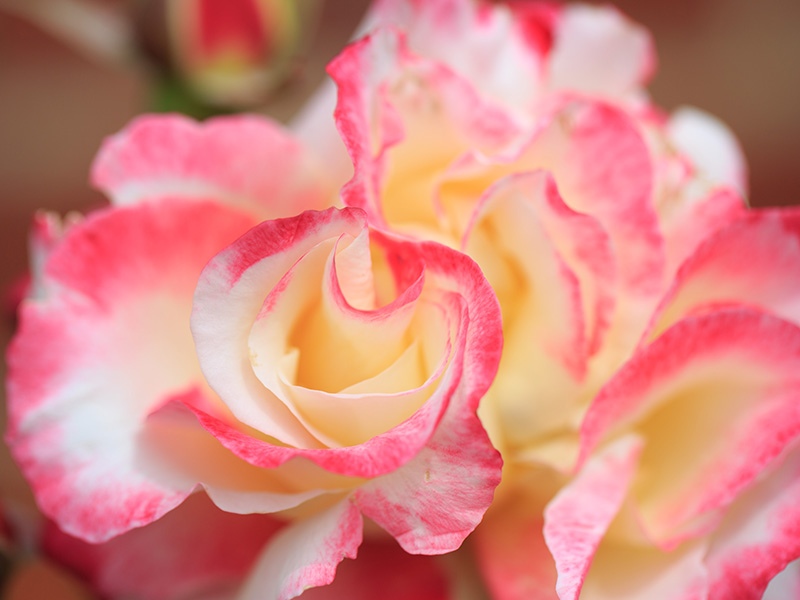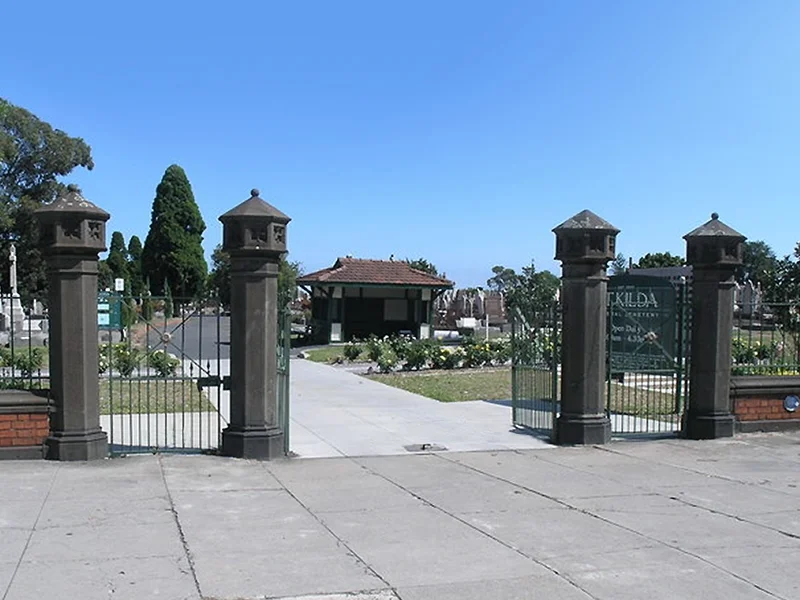Stopping to smell the roses with Rolfe

In the lead up to the Melbourne Cup Day, it is customary that the roses are in full bloom at Flemington for the big race. I took time out to find out more about these prickly garden favourites from our resident expert on the matter, SMCT's Head Rosarian, Rolfe Stok. I learned that for Rolfe, life is a bed of roses - many beds of roses in fact. Rolfe oversees the cultivation, development and care of over 35,000 roses across our sites – 30,000 at Springvale Botanical Cemetery alone. Read on and discover how 27 years of experience has cultivated Rolfe’s expertise on the involved background of a rose’s life, what makes a rose perfect and why yellow is not the new black when it comes to petal power.
How long have you worked with roses?
I have acquired 27 years of caring for roses with SMCT which have been a most interesting time with plenty of opportunities to learn throughout.
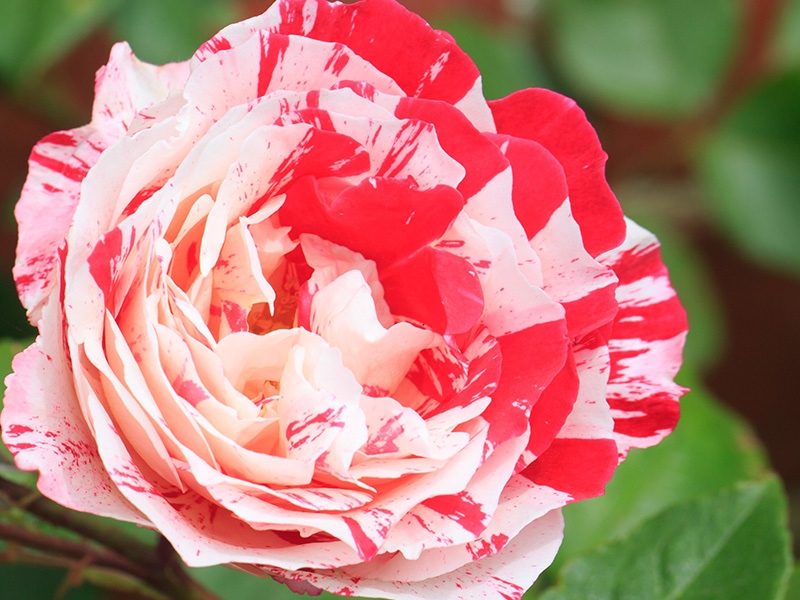
What inspired you to focus on roses?
My introduction to work at SMCT was in the ‘nursery crew’, maintaining and landscaping a variety of gardens throughout the grounds. I was introduced to the head rosarian after two weeks of my employment commencing. Up to this point, I had no contact with roses.
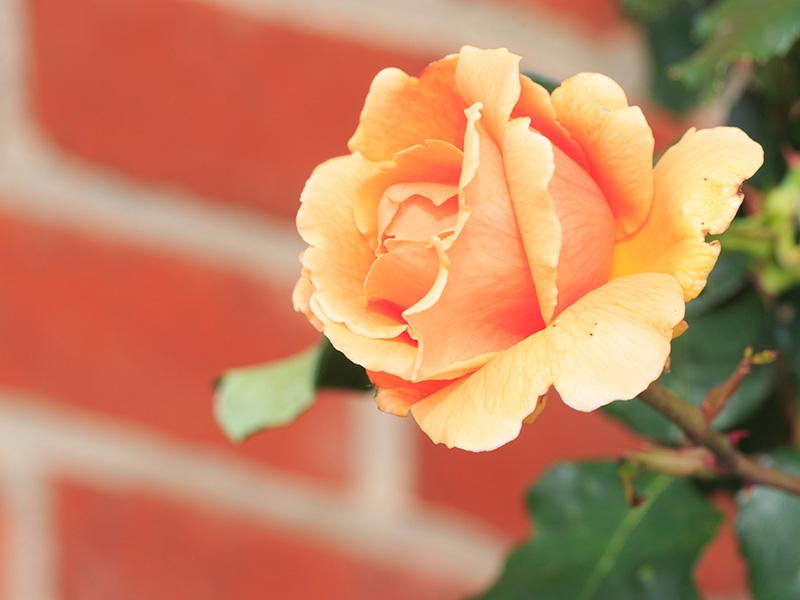
My history was with garden maintenance, however, my beginnings with rose culture, varieties and on-going knowledge was quickly inspired by the closeness of the small rose crew at the time. These specialists were very knowledgeable in their field of expertise and this initiated my thirst to acquire their skill set.
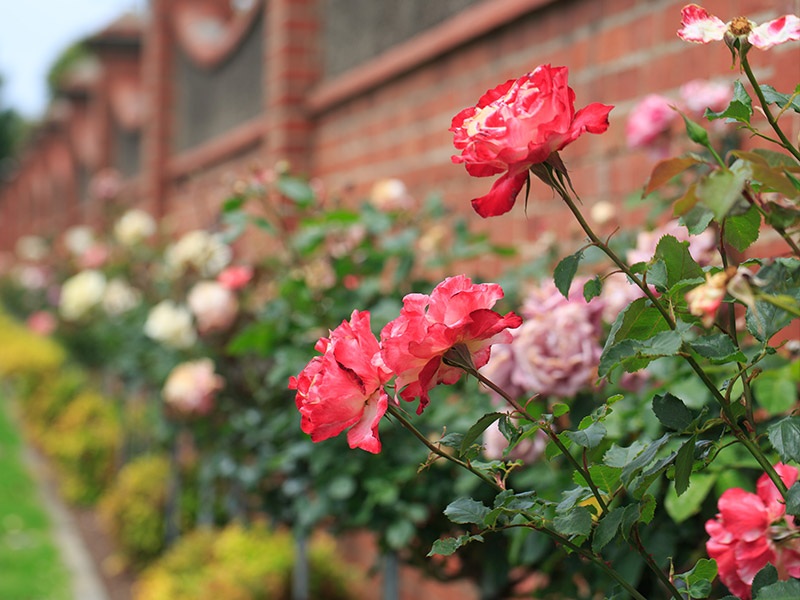
What’s your favourite rose?
I do not have a personal favourite rose, but a combination of roses according to their attributes. There are roses of excellent behaviour, scent and colour, but I believe no rose is totally inclusive of all requirements to be considered a perfect rose, otherwise the quest for the betterment of rose varieties would cease.
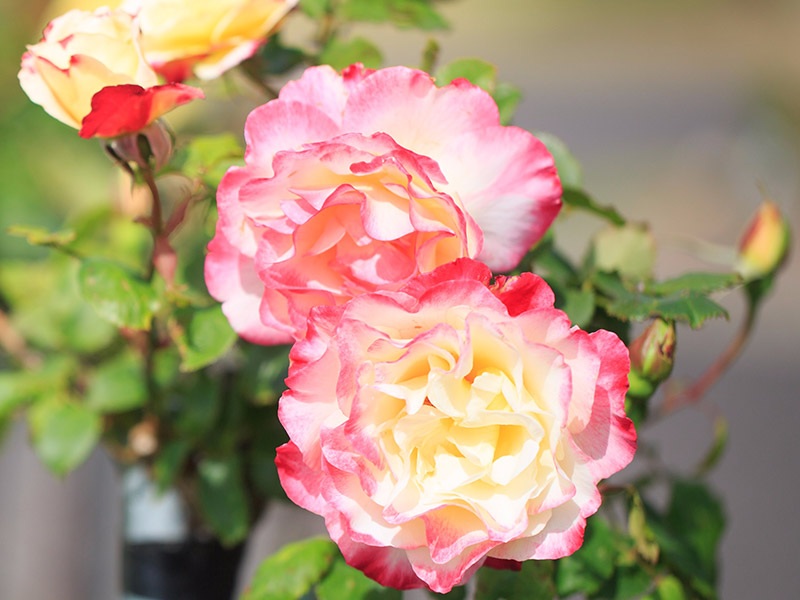
On that basis, a selection of roses that have very good characteristics of a certain nature would be considered a prize rose. 'SEDUCTION', a rose which grows under shade and still performs well and provides height is a wonderful rose for the garden as it is a floribunda. 'OKLAHOMA', a scented rose which instils a strong scent that is best admired prior to 9.00 am, especially in summer as scented roses will dissipate their scent rapidly as the heat of the day progresses. 'ALFRED SISLEY', a beautiful striped rose from the ‘Delbard’ collection which is best suited with a dark backdrop. When grown as a bed of standards with a vast lawn and specimen trees in the distance this rose sets the scenic view.
I am wary of yellow roses though as they require more maintenance than any other colour. The pigment and enzymes in this colour range lend itself to more die-back and pest invasion than other roses. I require time and patience when cultivating them.
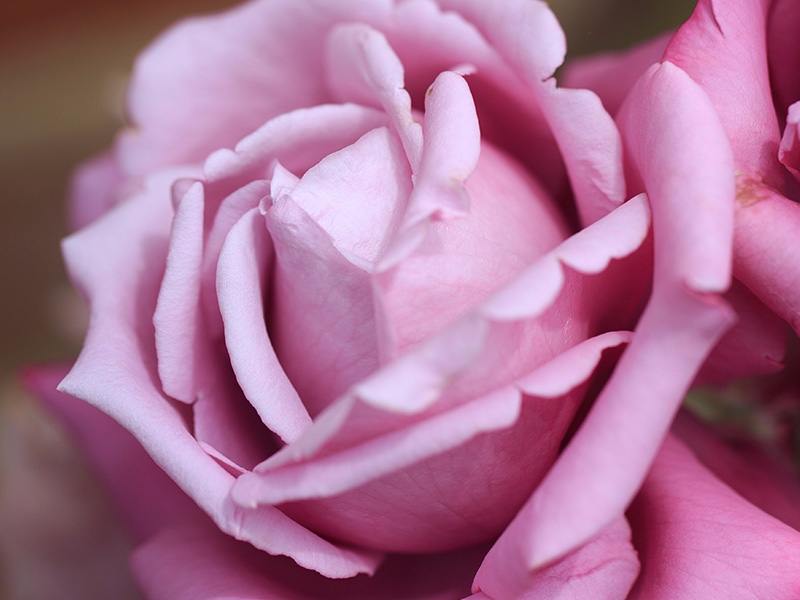
Do you have a favourite story about caring for the roses at SMCT that you would like to share?
Like any story, taking care of roses comes with a background. The beginning of a rose starts from a briar which is grown at a nursery. These briars are left to grow and are harvested in May where they are prepared individually by ‘de-eyeing’ each cane ready for planting as a standard or bush with two eyes remaining at the top of each cane.
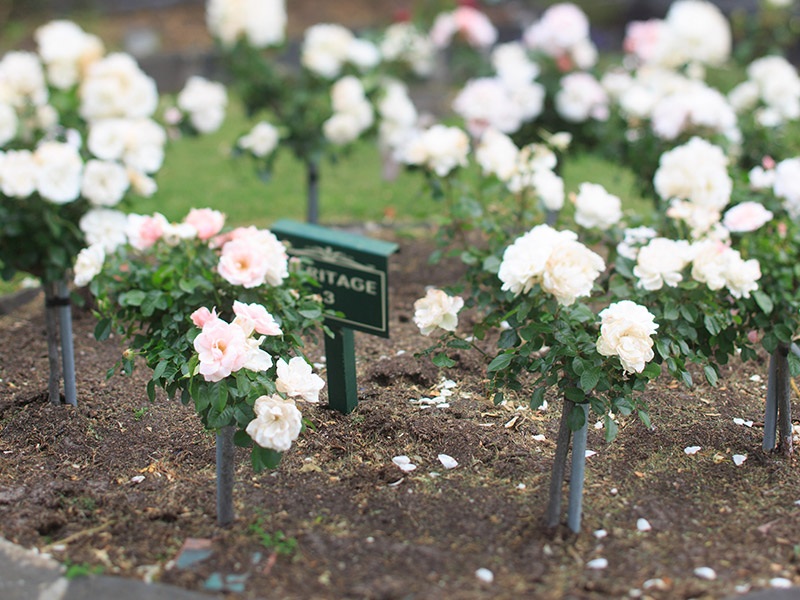
The following December, all the canes have ‘heads’ of branches and foliage ready for the ‘budding’ (a form of grafting) process to begin. A selected branch is taken from a given rose in the grounds and the buds removed at the nursery one-by-one and inserted into each cane. An elastic PVC patch is then covered over each new inserted bud. Three weeks later the patches are removed to reveal a new sprout, this is the formation of a new rose.
The following July these new roses are planted in designated areas within the grounds. These ‘babies’ are then nurtured through feeding, watering, deadheading and spraying at various times of the year. The painstaking nurturing of these roses is not only for the benefit of SMCT but to all those who visit and admire the scenic tranquillity that the public come to expect from our grounds.
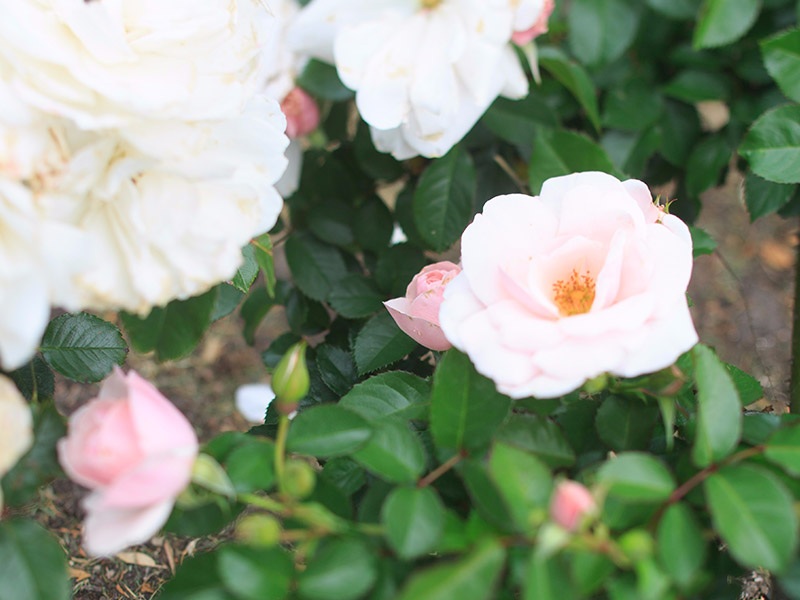
Can you discuss your latest research work and what it entails?
SMCT have a broad range of rose varieties which have been captured and recorded on digital format for our ongoing maintenance records. Through the annual rose pruning events and in my daily work, I have informed team members, stakeholders and the general public about the importance of our roses; their parentage, breeders, the association of varieties to each other, and the reasons why the cultivation and development of certain roses are of importance to the community and to the world.
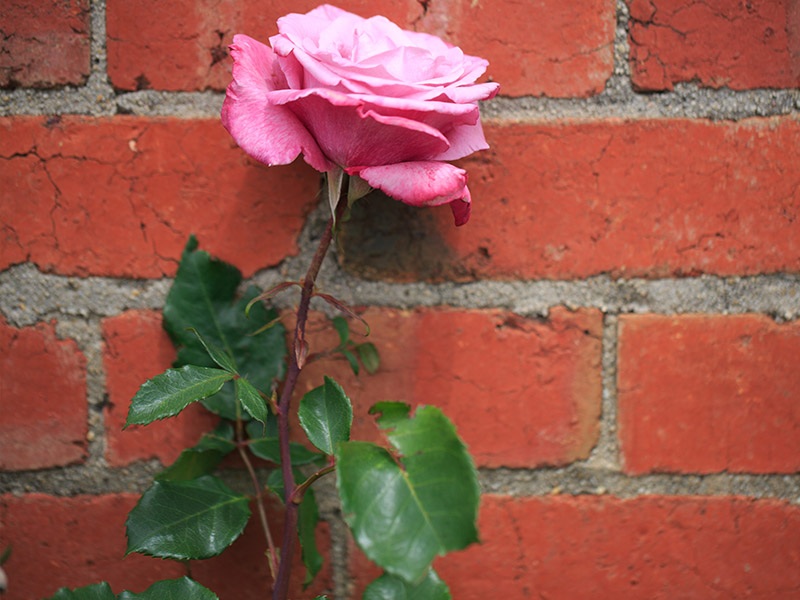
This, combined with historical data specific to SMCT, will be of interest to many including rose societies here and abroad. This will further our imprint as an organisation that is progressive in our approach to the broader concept of community wellbeing.
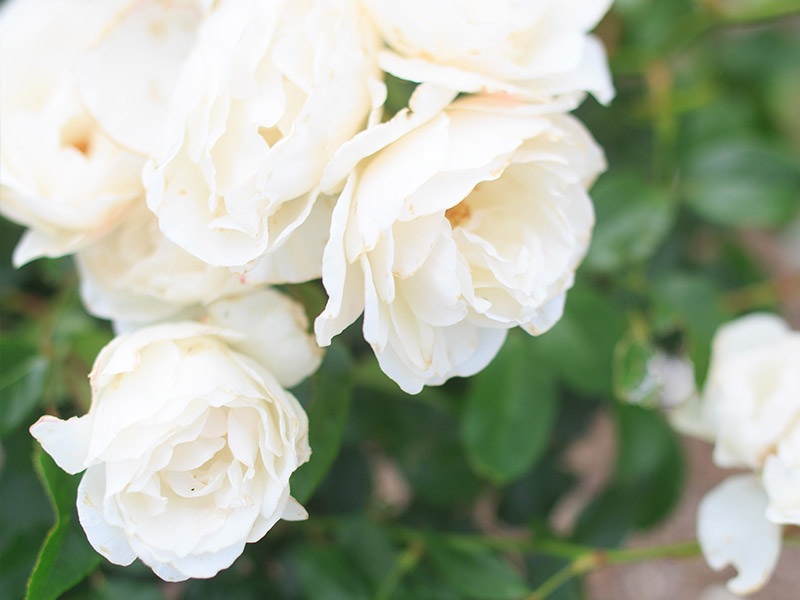
What is your proudest moment from your rose care and cultivation career?
Achieving the respect by my peers through an SMCT ‘Integrity Award’ in 2016. Being recognised for my devotion, ethics, and standards, not only to roses, but to my approach to all matters concerning SMCT and the broader community.

How do your workmates and family react to your love of roses?
My wife knows that all I talk about is roses. Her reaction is usually, “Here we go again,” while my colleagues understand my devotion and are aware that I strive to interest other team members for the benefit of rose care. I look forward to finding team members with the same enthusiasm and flare as myself to continue the work.
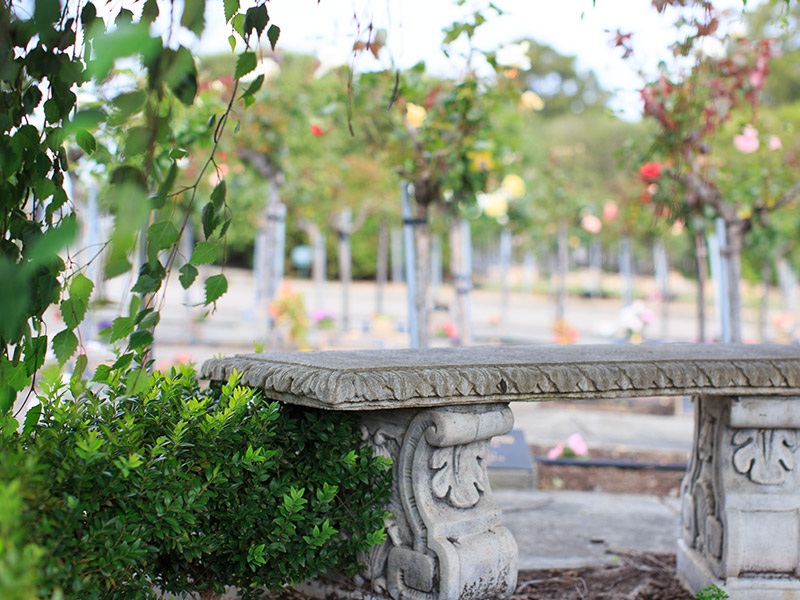
Got a problem with your roses? Check out Rolfe’s 'Top 6 life hacks for roses' to get your prized plants budding again.
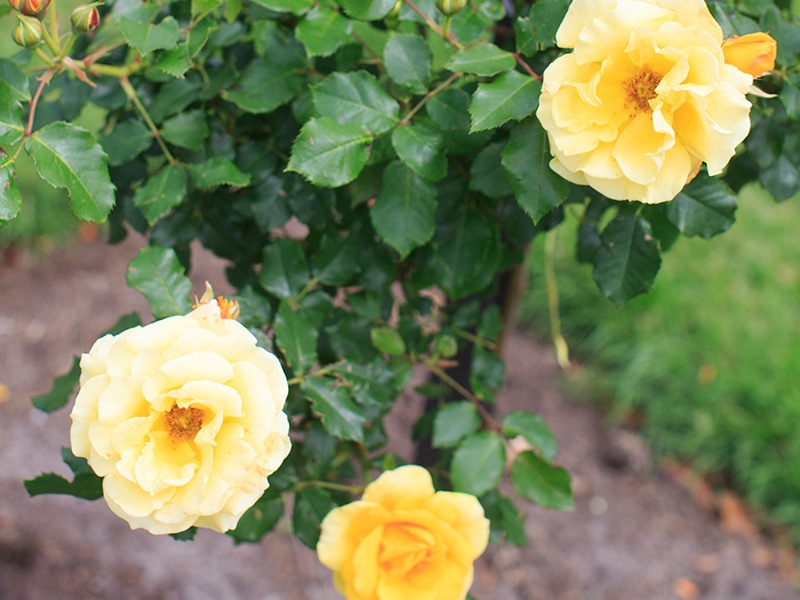
Our rose beds are currently in bloom and well worth a stroll around our various grounds. Download the 'Rose Trail' brochure for Springvale Botanical Cemetery visit the perpetual rose garden at Cheltenham Memorial Park, enjoy the roses that line the iconic scalloped wall at Brighton General Cemetery, or visit the newly-redeveloped Bunurong Memorial Park's classic areas, complete with traditional and modern rose varieties.
